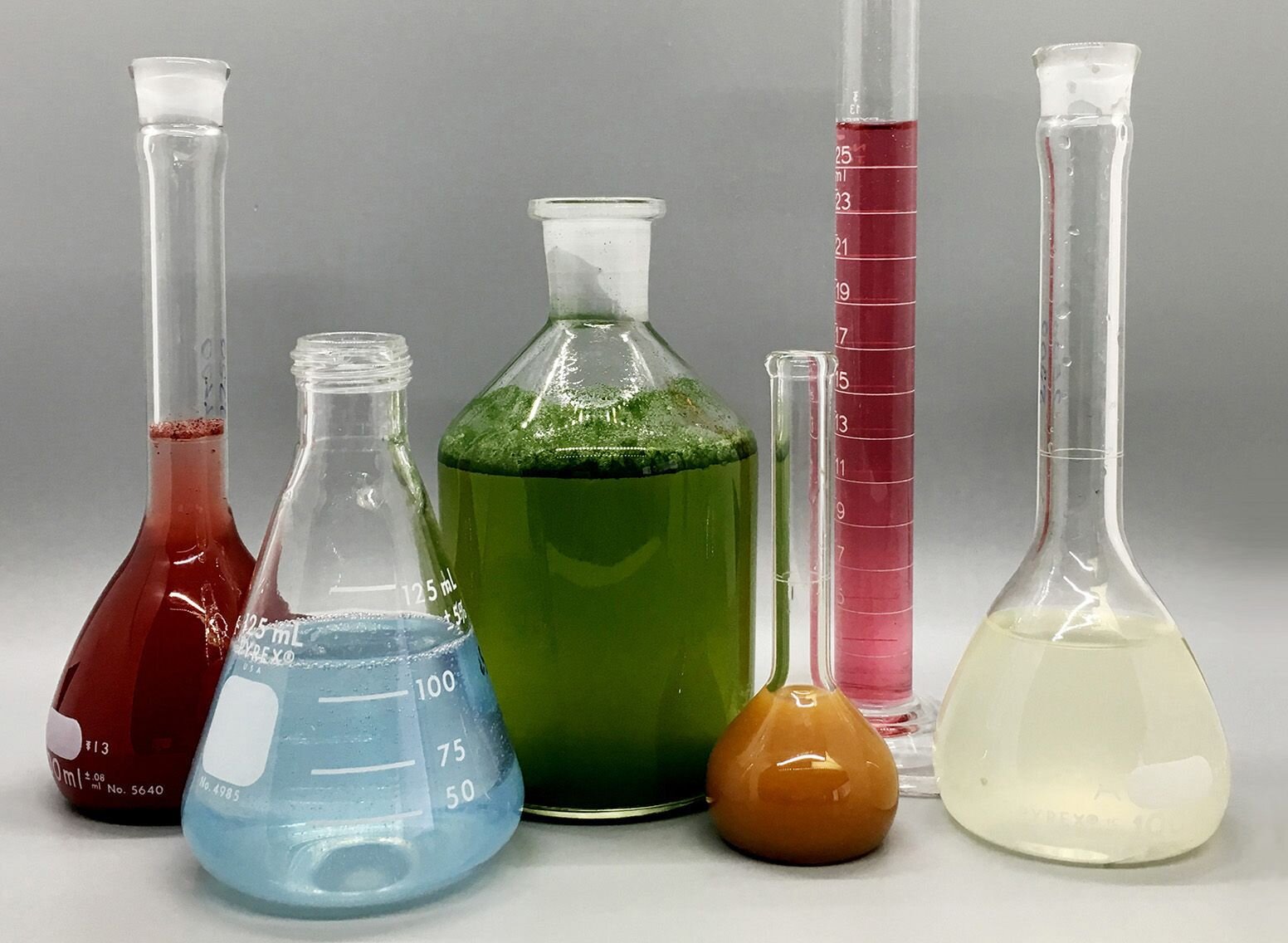The Ultimate Guide To Uv/vis/nir
The Ultimate Guide To Uv/vis/nir
Blog Article
Examine This Report about Circularly Polarized Luminescence
Table of ContentsSome Of Uv/visAn Unbiased View of Spectrophotometers8 Simple Techniques For SpectrophotometersThe 5-Minute Rule for Circular DichroismAll About Uv/vis

Spectrophotometry is a tool that hinges on the quantitative analysis of particles depending on how much light is taken in by colored compounds.
The smart Trick of Uv/vis/nir That Nobody is Discussing
A spectrophotometer is typically used for the measurement of transmittance or reflectance of options, transparent or nontransparent solids, such as sleek glass, or gases. Although many biochemicals are colored, as in, they take in visible light and therefore can be determined by colorimetric treatments, even colorless biochemicals can typically be transformed to colored substances ideal for chromogenic color-forming reactions to yield substances appropriate for colorimetric analysis.: 65 However, they can likewise be developed to measure the diffusivity on any of the listed light ranges that normally cover around 2002500 nm using different controls and calibrations.
An example of an experiment in which spectrophotometry is utilized is the decision of the equilibrium constant of a service. A specific chain reaction within an option may occur in a forward and reverse direction, where reactants form products and products break down into reactants. Eventually, this chemical response will reach a point of balance called an equilibrium point.
Some Known Incorrect Statements About Circular Dichroism
The quantity of light that travels through the service is indicative of the concentration of specific chemicals that do not permit light to travel through. The absorption of light is because of the interaction of light with the electronic and vibrational modes of particles. Each kind of molecule has a private set of energy levels associated with the makeup of its chemical bonds and nuclei and hence will take in light of particular wavelengths, or energies, resulting in special spectral homes.
They are extensively used in many markets consisting of semiconductors, laser and optical manufacturing, printing and forensic examination, as well as in laboratories for the study of chemical substances. Spectrophotometry is typically utilized in measurements of enzyme activities, decisions of protein concentrations, decisions of enzymatic kinetic constants, and measurements of ligand binding reactions.: 65 Ultimately, a spectrophotometer is able to determine, depending on the control or calibration, what compounds are present in a target and exactly how much through calculations of observed wavelengths.
This would come as a solution to the formerly developed spectrophotometers which were not able to absorb the ultraviolet properly.
How Circular Dichroism can Save You Time, Stress, and Money.
It would be found that this did not offer satisfactory results, therefore in Model B, there was a shift from a glass to a quartz prism which enabled better absorbance outcomes - spectrophotometers (http://connect.releasewire.com/company/olis-clarity-343997.htm). From there, Design C was born with a change to the wavelength resolution which wound up having three systems of it produced
It irradiates the sample with polychromatic light which the sample takes in depending on its properties. It is transmitted back by grating the photodiode range which spots the wavelength area of the spectrum. Considering that then, the creation and application of spectrophotometry devices has increased immensely and has turned into one of the most ingenious instruments of our time.

The smart Trick of Circular Dichroism That Nobody is Discussing
Historically, spectrophotometers utilize a monochromator consisting of a diffraction grating to produce the analytical spectrum. The grating can either be movable or repaired. If a single detector, such as a photomultiplier tube or photodiode is used, the grating can be scanned stepwise (scanning spectrophotometer) so that the detector can determine the light strength at each wavelength (which will represent each "action").
In such systems, the grating is repaired and the intensity of each wavelength of light is measured by a various detector in the selection. Furthermore, most contemporary mid-infrared spectrophotometers use a Fourier transform technique to acquire the spectral info - https://www.kickstarter.com/profile/olisclarity1/about. This method is called Fourier change infrared spectroscopy. When making transmission measurements, the spectrophotometer quantitatively compares the fraction of light that passes through a referral service and a test solution, then electronically compares the strengths of the two signals and computes the percentage of transmission of the sample compared to the reference requirement.

Report this page